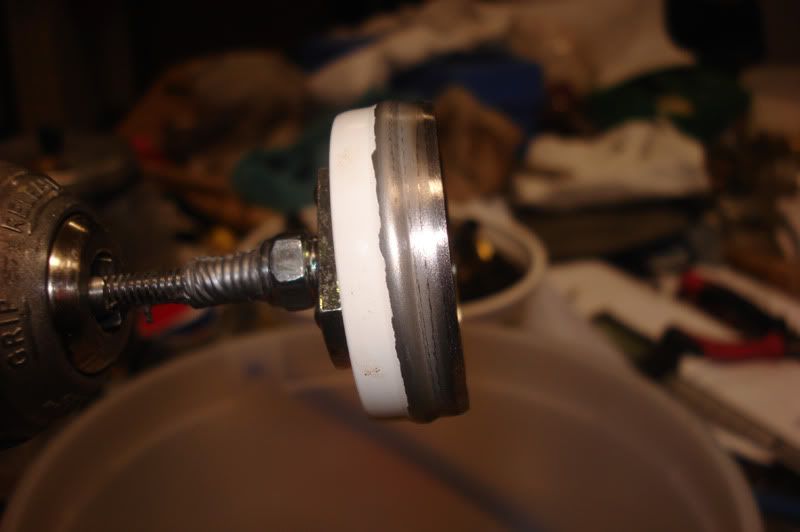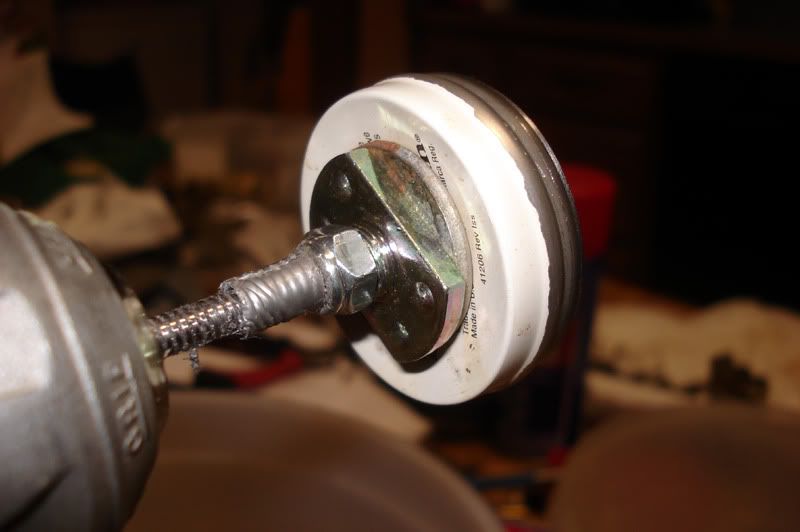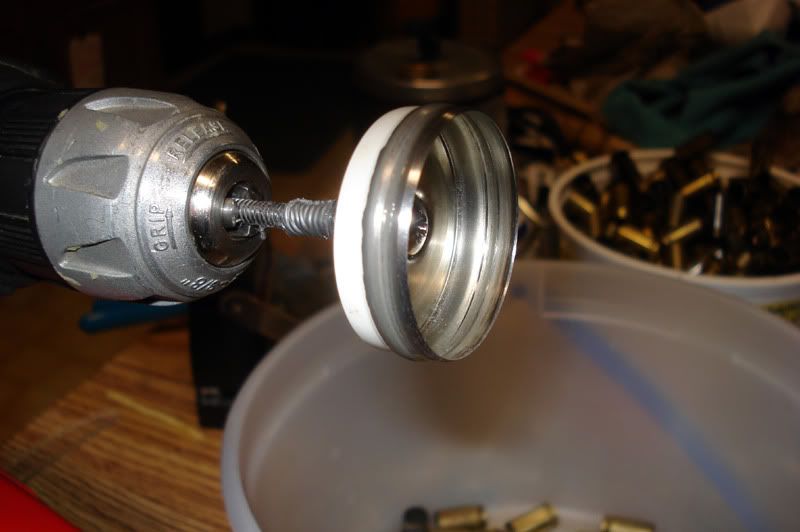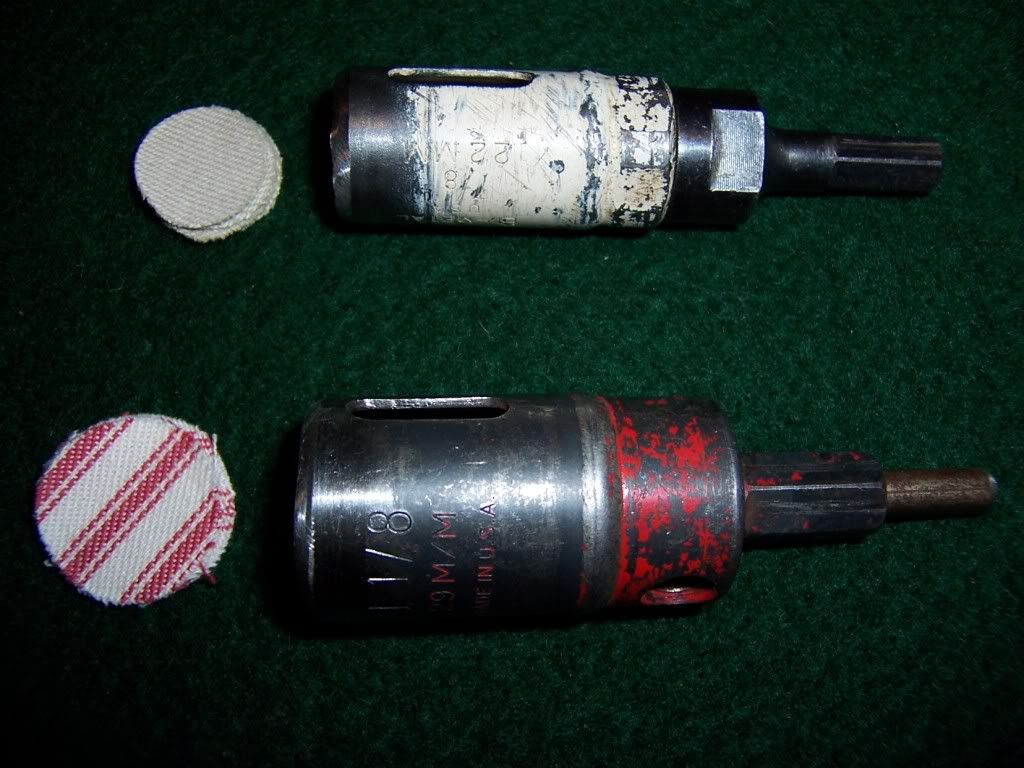Josh Smith
45 Cal.
- Joined
- Sep 24, 2010
- Messages
- 907
- Reaction score
- 0
Hey Guys,
I made a patch cutter from a number 11 cap tin.
The patches it cuts measure 1.5 inches in diameter.
I am wondering if this is considered too big for 45 caliber and 50 caliber.
Because of a broken hand, I've not gotten a chance to go out and shoot the patches yet. It just appeals to my OCD to have perfectly round patches ready to go that I can make in quantity anytime.
Thank you,
Josh
I made a patch cutter from a number 11 cap tin.
The patches it cuts measure 1.5 inches in diameter.
I am wondering if this is considered too big for 45 caliber and 50 caliber.
Because of a broken hand, I've not gotten a chance to go out and shoot the patches yet. It just appeals to my OCD to have perfectly round patches ready to go that I can make in quantity anytime.
Thank you,
Josh








